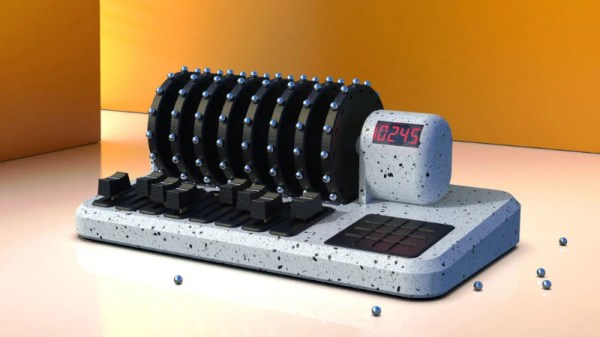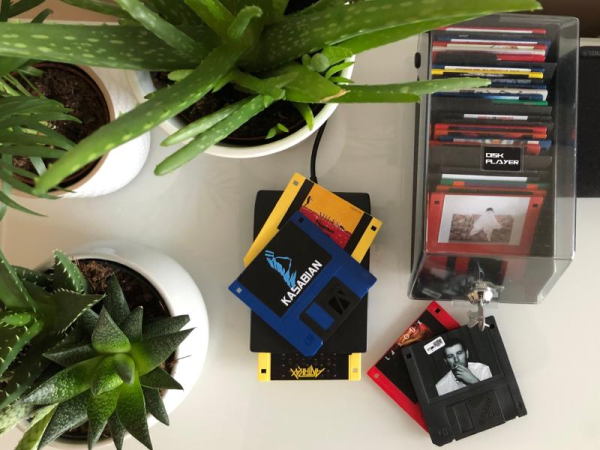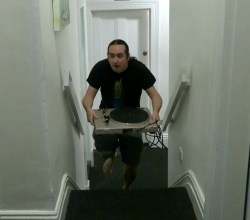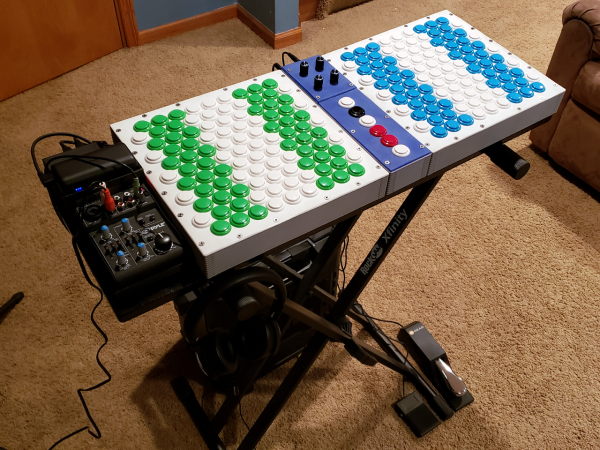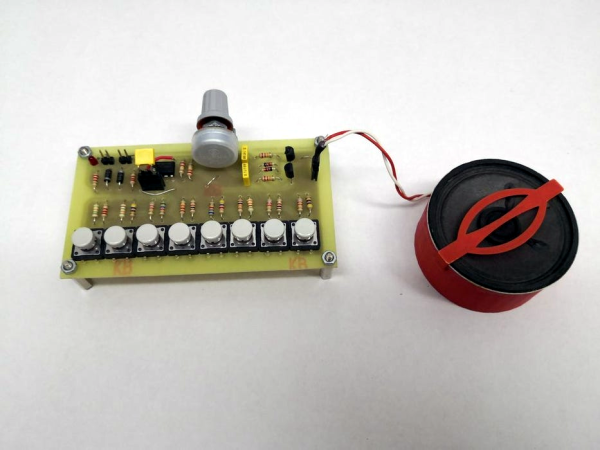If we write about sound reproduction, there is a good chance we found a home-made amplifier or an upcycled speaker system. In this case, you don’t use your ears to appreciate the sound; you use your hands or eyes. [ElatisEagles] converted an amplitude sound graph into a wearable bead. Even without much background it should be immediately recognizable for what it is. Presumably, they converted a sound wave to vectors, then used the “Revolve” function in Rhino, their software of choice. Sometimes this is called a “lathe” function. Resin printers should be able to build these without supports and with incredible fidelity.
Some tattoos put a sound wave on the skin, and use an app to play it back, but if you want to wear a sound bite from your favorite show and not get branded as the “Pickle Rick” gal/guy at the office, maybe swap out the color and sound wave before it goes stale. We would wear a bead that says, “drop a link in our tip line,” but you can probably think of something more clever.
We have other high-tech ornamentation that leverages motion instead of sound, or how about a necklace that listens instead.


